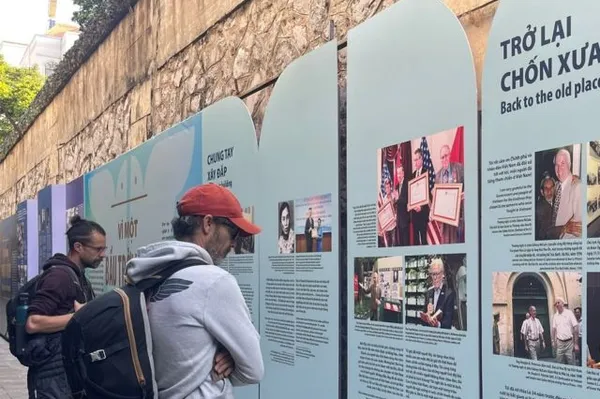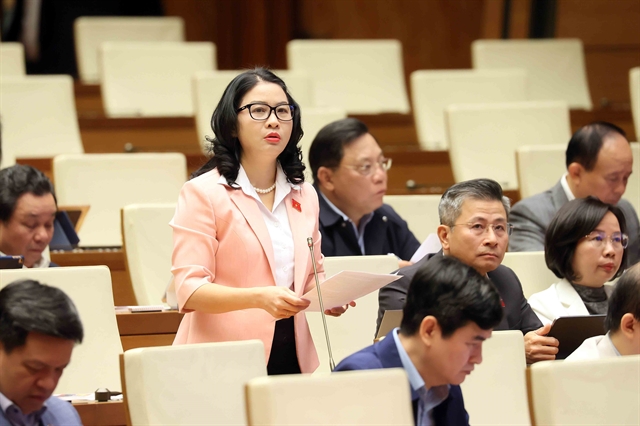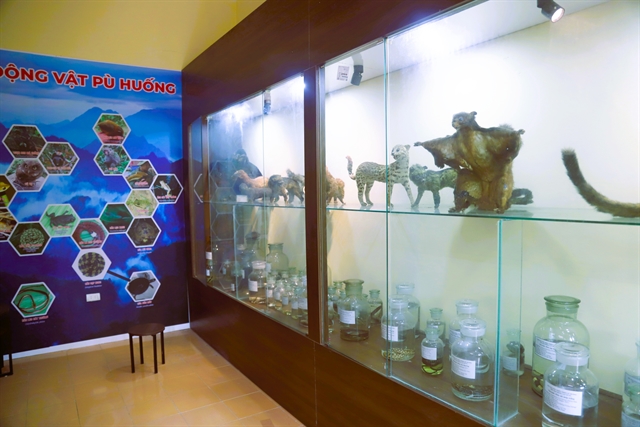 Economy
Economy

 |
| Leaders of the An Giang People’s Committee inspect the construction progress of public investment projects across the province. Photo thanhtra.com.vn |
AN GIANG – With only two months left in 2025, the southern province of An Giang is entering a decisive phase to speed up public investment disbursement as it aims to complete its annual capital plan and stimulate socio-economic growth.
From November 5 to December 5, the province is implementing an intensive campaign to accelerate disbursement progress, particularly for key projects that have significant impacts on local development.
Chairman of An Giang People’s Committee Hồ Văn Mừng has called on all districts, sectors, and project owners to adjust their working methods with a sense of urgency, responsibility and determination.
He stressed the accountability of top leaders, requiring all shortcomings identified to be addressed before November 15.
Project owners have been instructed to actively coordinate with local authorities to remove bottlenecks, strengthen on-site supervision, and urge contractors to increase working shifts to ensure both progress and quality. Underperforming or delayed contractors will face strict penalties.
Project owners whose disbursement rate remains below 50 per cent have been urged to take immediate remedial action during this high-intensity period.
The province’s goal is to achieve 100 per cent disbursement of its 2025 public investment capital plan, as part of the broader strategy to maintain growth momentum and improve infrastructure readiness for future development.
An Giang has been directed to enhance the responsibility of project leaders and synchronise solutions following the Prime Minister’s directives on accelerating public investment.
Each project owner must review every ongoing project, adjust its implementation plans, and work closely with slow-moving contractors to devise feasible measures for progress.
Projects encountering obstacles in paperwork, legal procedures, site clearance or contractor selection must promptly report to the provincial People’s Committee for timely guidance.
Alongside administrative measures, project owners have been urged to work closely with the State Treasury to complete payment documents quickly, facilitating the release of allocated capital.
They are also asked to reallocate unspent funds from stagnant projects to those facing capital shortages but with completed workloads.
Priority will be given to site clearance expenses for projects serving the upcoming APEC 2027 Summit.
The Department of Finance has been tasked with urgently finalising procedures for adjustments to the 2025 capital plan, particularly to reassign funds based on the proposals of project owners.
It will also review projects that are unable to utilise revenue from land-use fees to ensure efficient capital use.
Meanwhile, the Department of Agriculture and Environment and the Department of Construction have been instructed to promptly review material supply sources both within and beyond the province.
These agencies will propose solutions to ensure sufficient sand, stone and other construction materials for major infrastructure projects.
Site clearance remains the biggest “bottleneck” affecting project progress. Local authorities have been required to actively assist project owners in compensation and resettlement, promptly paying compensation to affected households according to regulations.
In cases where landowners continue to reject compensation offers after multiple dialogues, commune-level People’s Committees will review the legal process and propose compulsory land recovery in accordance with the law to ensure timely handover of cleared land to contractors.
As of October 31, the province’s disbursement rate had reached just over 41 per cent — equivalent to around VNĐ10.7 trillion (US$424 million) — out of a total plan approved by the provincial People’s Council of VNĐ26.1 trillion (US$1.03 billion).
An Giang has identified 71 projects still facing obstacles, accounting for 32.1 per cent of the total plan, or VNĐ8.37 trillion ($331 million).
The main barriers include site clearance issues at 32 projects, delays in material supply affecting four major transport projects, and the ongoing administrative transition following the province’s adoption of a two-tier local government model from July 1.
This restructuring has forced project owners to undertake reallocation and legal adjustments, further slowing disbursement.
Other difficulties include problems related to urban planning, contractor selection, a lack of bidders, and citizen complaints.
Despite these challenges, An Giang remains determined to turn the final months of the year into a “sprint phase” for public investment disbursement.
Provincial leaders believe that accelerating capital allocation will not only help complete the 2025 investment plan but also create breakthroughs in infrastructure development, boost local economic performance, and enhance living standards.
The province is targeting a Gross Regional Domestic Product (GRDP) growth rate of at least 8 per cent for 2025.
Public investment is seen as a vital driver to stimulate overall demand and lay the groundwork for the next medium-term public investment cycle from 2026 to 2030, moving An Giang closer to its vision of sustainable and inclusive development. – VNS




